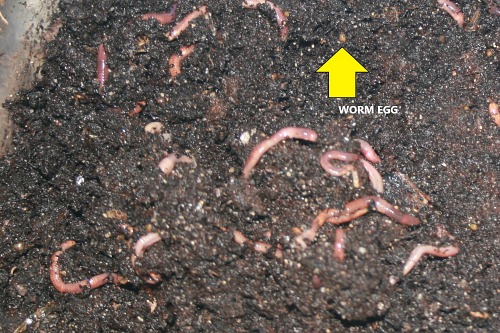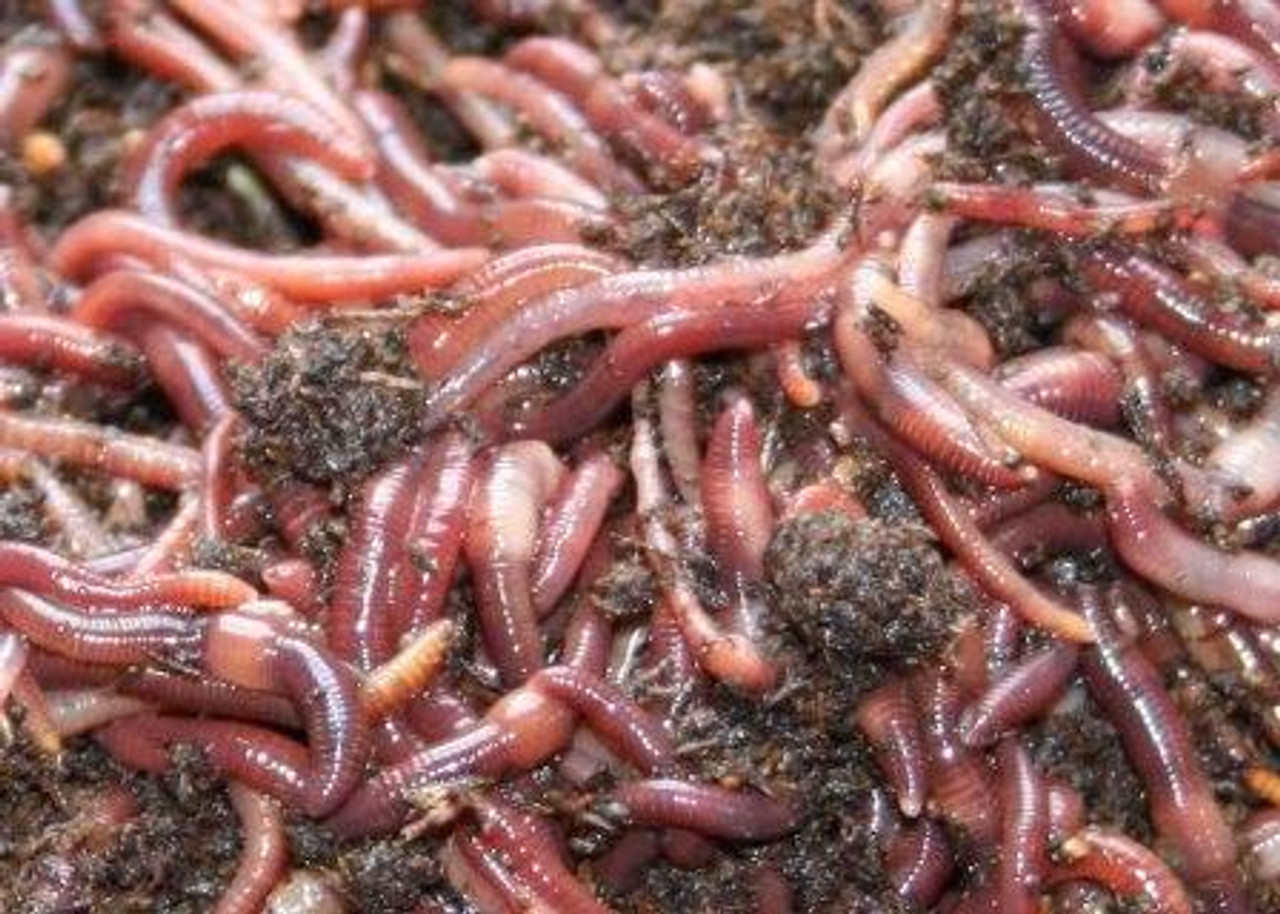Red Wiggler Express: Efficient and Top-Tier Worm Delivery Services
Red Wiggler Express: Efficient and Top-Tier Worm Delivery Services
Blog Article
Red Wigglers: The Unsung Heroes of Organic Waste Recycling
Red wigglers, or Eisenia fetida, offer as important agents in the organic waste reusing procedure, transforming discarded products into beneficial vermicompost. As the globe progressively seeks remedies to battle waste buildup and enhance agricultural productivity, understanding the duty of these worms ends up being crucial.
What Are Red Wigglers?
The remarkable durability of red wigglers, scientifically called Eisenia fetida, underscores their critical duty in natural waste recycling. These little, reddish-brown earthworms are normally located in decomposing raw material, such as garden compost stacks and manure loads. Lake Hickory Bait. Unlike other earthworm varieties, red wigglers grow in nutrient-rich atmospheres and are highly efficient at breaking down organic products, making them crucial for vermicomposting

(Red Wiggler Express)Along with their role in waste reduction, red wigglers add to dirt wellness by improving soil framework and oygenation via their burrowing activities (Lake Hickory Bait). Their existence in composting systems not just enhances decay prices but also promotes a lasting technique to throw away management, showing their relevance in ecological conservation efforts
Benefits of Composting With Worms
Composting with worms, especially red wigglers, supplies countless benefits that enhance both waste management and soil health and wellness. These worms effectively break down natural waste, converting it into nutrient-rich vermicompost that improves dirt. This procedure increases decomposition, enabling a faster recycling of cooking area scraps and various other natural products contrasted to standard composting techniques.
Furthermore, the vermicompost created by red wigglers is teeming with helpful microbes, which help improve dirt framework, aeration, and dampness retention. This enhances the overall health of plants, promoting vigorous growth and enhanced returns in yards and agricultural settings. The usage of worms in composting decreases the manufacturing of greenhouse gases, such as methane, adding to an extra lasting waste monitoring system.

How to Beginning Vermicomposting
Establishing a vermicomposting system is a straightforward procedure that can generate considerable benefits for both waste administration and dirt enrichment. To begin, select a suitable container, such as a plastic bin or wood box, with ample air flow holes to make sure appropriate air flow. The dimensions need to ideally be about 2 feet by 3 feet, enabling adequate room for the worms to grow.
Following, prepare bed linens product, which can be composed of shredded paper, cardboard, or coconut coir. This bed linens should be moistened to produce an ideal environment for the worms. Once the bedding is in place, introduce red wigglers (Eisenia fetida) right into the container, typically around one pound of worms for each square foot of surface location.
Complying with the positioning of worms, include natural waste, such as fruit and vegetable scraps, coffee grounds, and smashed eggshells. With these steps, you will efficiently initiate a vermicomposting system that adds to sustainable waste monitoring and enhances your soil.
Preserving a Healthy And Balanced Worm Bin
(Red Wiggler Express)Maintaining a worm bin thriving calls for routine attention and treatment to ensure the health of the red wigglers and the performance of the composting procedure. Proper upkeep starts with keeping an eye on the moisture levels; the container ought to perspire but not soaked. A good guideline is to maintain a consistency similar to a wrung-out sponge.
Aeration is essential too. Carefully mixing the bedding and food scraps every couple of weeks stops compaction and makes sure that all worms have accessibility to oxygen. Additionally, it is crucial to feed the worms appropriately. A well balanced diet regimen of fruit and vegetable scraps, coffee premises, and smashed eggshells need to be provided in small amounts to avoid overfeeding, which can cause smells and insects.
Temperature level law is another vital element. Red wigglers flourish in a variety of 55 to 77 levels Fahrenheit. If the container becomes too hot or cool, the worms may come to be stressed out - Lake Hickory Bait. Periodically inspect for signs of wellness, such as worm population growth and the visibility of healthy castings. By faithfully managing these elements, one can preserve a durable and effective worm bin.
Effect On Lasting Living
The successful maintenance of a worm container not just benefits the health of red wigglers but also adds considerably to sustainable living methods. By reusing organic waste, such as cooking area scraps and backyard particles, red wigglers aid draw away significant quantities of material from landfills. This reduction in waste not only decreases greenhouse gas emissions however additionally reduces great post to read the ecological burden connected with waste administration.
Additionally, the spreadings generated by red wigglers offer as a nutrient-rich natural plant food, enhancing soil wellness and promoting plant development. This natural option to chemical fertilizers supports sustainable agriculture and horticulture methods, decreasing dependence on synthetic inputs that can damage ecological communities. Additionally, worm composting cultivates awareness of waste administration, encouraging individuals and areas to embrace even more sustainable behaviors.

Conclusion
In summary, red wigglers serve as important factors to organic waste recycling via their effective disintegration of natural materials. By integrating vermicomposting into waste monitoring approaches, individuals and neighborhoods can substantially decrease waste while promoting ecological sustainability.
Report this page